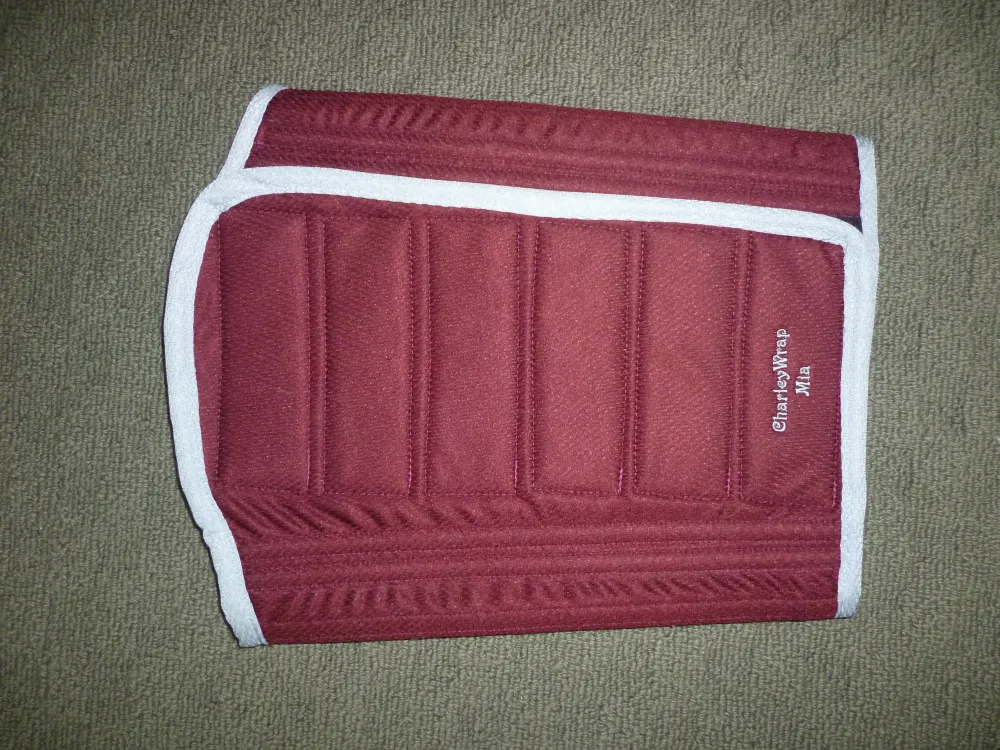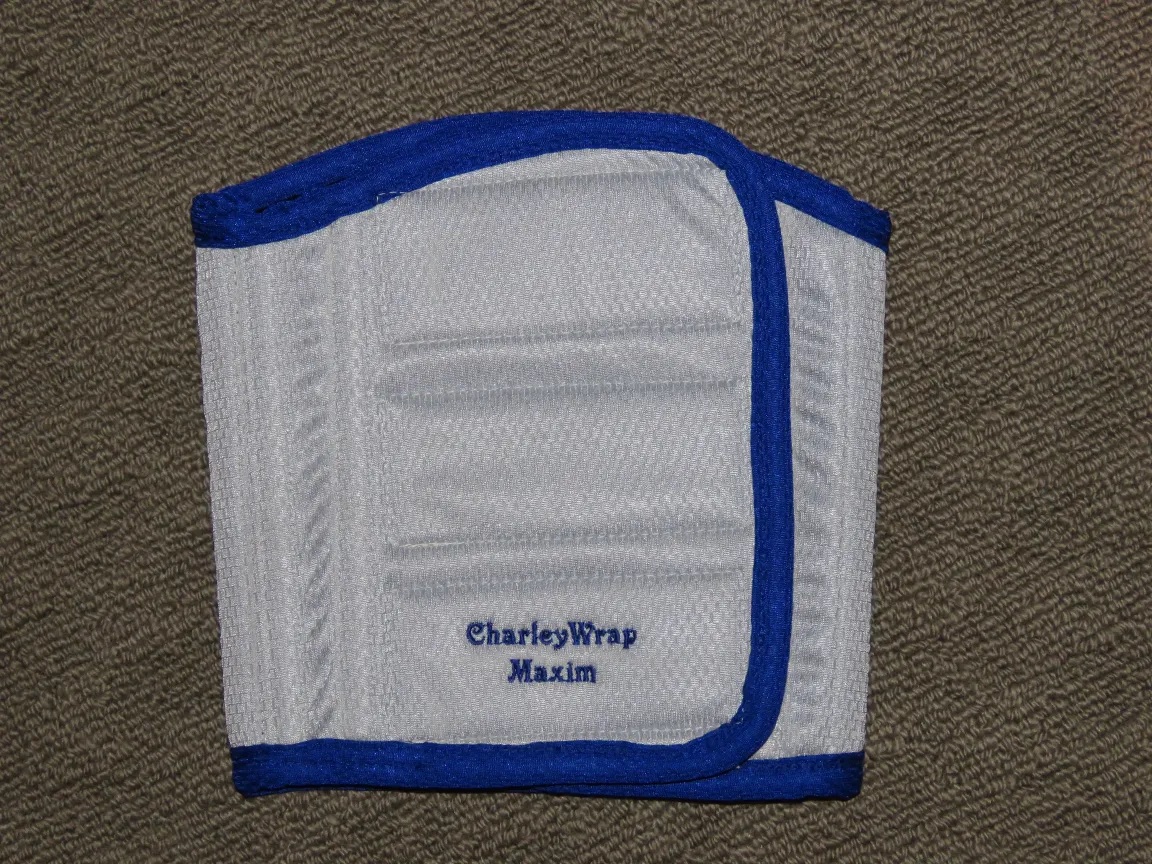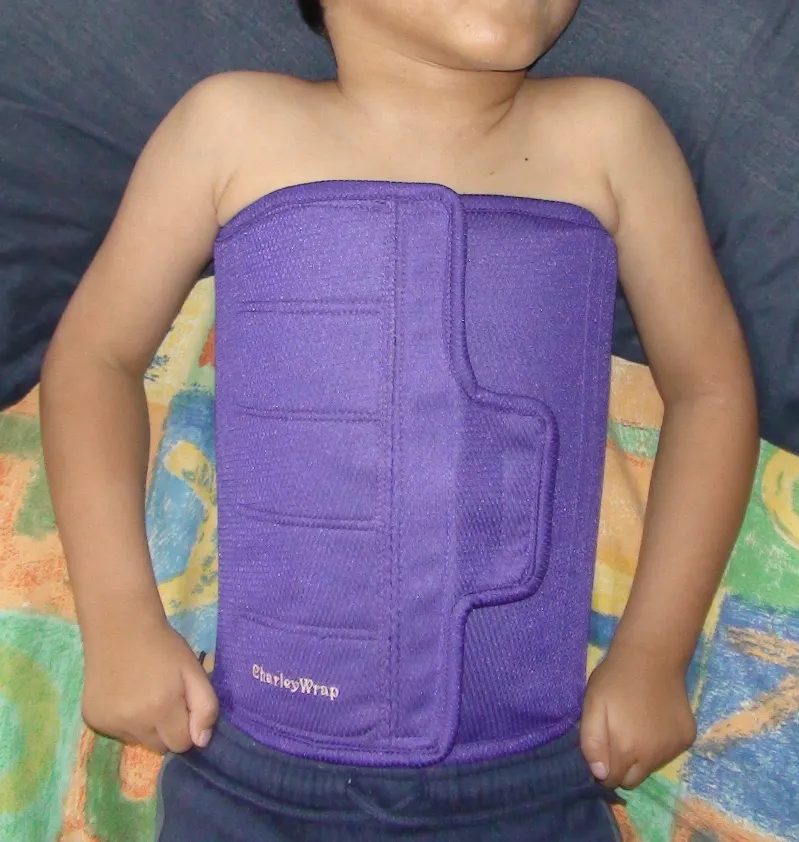When she first laid eyes on it, soft pink and decked out with dancing butterflies, all she saw was a “medieval contraption; a torture chamber; a hard, heavy piece of body armour”. It was to provide the support, stability and all the blah blah blah of the industry standard that everyone was using, but…..no way. There had to be something else out there, and she would find it. The firebrand New Zealand mom who would later trailblaze with highly customized accessible restroom facilities would find a better alternative and if there were none, she would simply create one.
A few years earlier, Jenn Hooper’s daughter Charley had suffered a massive brain injury shortly after birth that had left her with severe cerebral palsy and, among other conditions, low truncal tone. Low truncal tone, or limited muscle control and strength in the trunk of the body, prevents people from being able to stand or sit erectly. The muscle tone that holds the trunk in certain positions simply isn’t there, so over time, the spine becomes more and more curved. In extreme cases like Charley’s, even holding a child upright for feeding is difficult, and supports must be positioned around the body to keep it in certain positions while the child sleeps.

The thoracolumbosacral orthosis (TLSO) brace has long been a default solution for various causes of unnatural spinal curvature, but getting patients to wear it consistently remains a challenge. It restricts spinal and general body movement, rendering exercise, dancing, and playing sports almost impossible. Patients complain of difficulty breathing and soreness due to pressure on different parts of the body. What’s more, the brace must be worn upwards of 23 hours per day often for extended periods of time (think years) to be effective. Even in successful cases where surgery is avoided, some residual spinal curvature remains. Upon initially seeing Charley’s brace and then reading up on TLSOs, Jenn decided that it simply wasn’t an option. After some extensive research, numerous consultations with different experts and a healthy dose of doubt from medical experts, she designed her alternative to the TLSO: the CharleyWrap.
The “CharleyWrap” name alone separates this device from other alternatives because it speaks of nurturing growth and healing, not encouraging restriction. In fact, X-rays confirmed that shortly after Charley’s initial fitting for her namesake, her scoliosis (spine curvature) improved by 20 degrees. This was followed by a further 30 degrees three months later and a final 12 degrees, which keeps Charley below the threshold for corrective surgery. Clinton, a child with Marfan’s syndrome (a genetic disorder that affects connective tissues), met Jenn for his initial fitting and to everyone’s delight a little later, appeared to have forgotten that he was wearing anything! Countless other testimonies poured in with accounts of children breathing more easily, having better posture and head control, and being easier to position and handle. An adult patient wrote in about her ability to wear clothes that she couldn’t have before with her “plastic turtle shell thing”.



Such consistently positive results were the fruits of Jenn’s careful thought and concern for the CharleyWrap design. Understanding the importance of comfort to patient buy-in, she opted for a boning frame securely tucked between layers of soft, breathable material. The double layer of fabric adds sturdiness while isolating the frame, thus preventing uncomfortable contact with the skin (which inevitably leads to soreness). The possibility of skin contact in turn reveals a potential make-or-break point for many teenagers needing truncal support: it can be worn comfortably and discreetly under the clothes, meaning that it spends more time in use and less time stuffed in a locker. More time on the body means more consistent truncal support, which, over time, could lessen or zero the likelihood of more spinal surgery.
At 17 years old, Charley, her parents and many other families around the world continue to reap the benefits of this “boned corset of sorts” and true to Jenn’s belief that the child will outgrow it before outwearing it, many are on CharleyWrap number two, three, or even five! To the willing skeptics, she says to give it a try: while she can’t guarantee specific results (the CharleyWrap has never been clinically researched or tested), she can point to her own and countless other success stories. And what’s there to lose when other alternatives are significantly more expensive? At the end of the day, if the CharleyWrap succeeds only in making your child more comfortable, isn’t that alone a worthy win?
